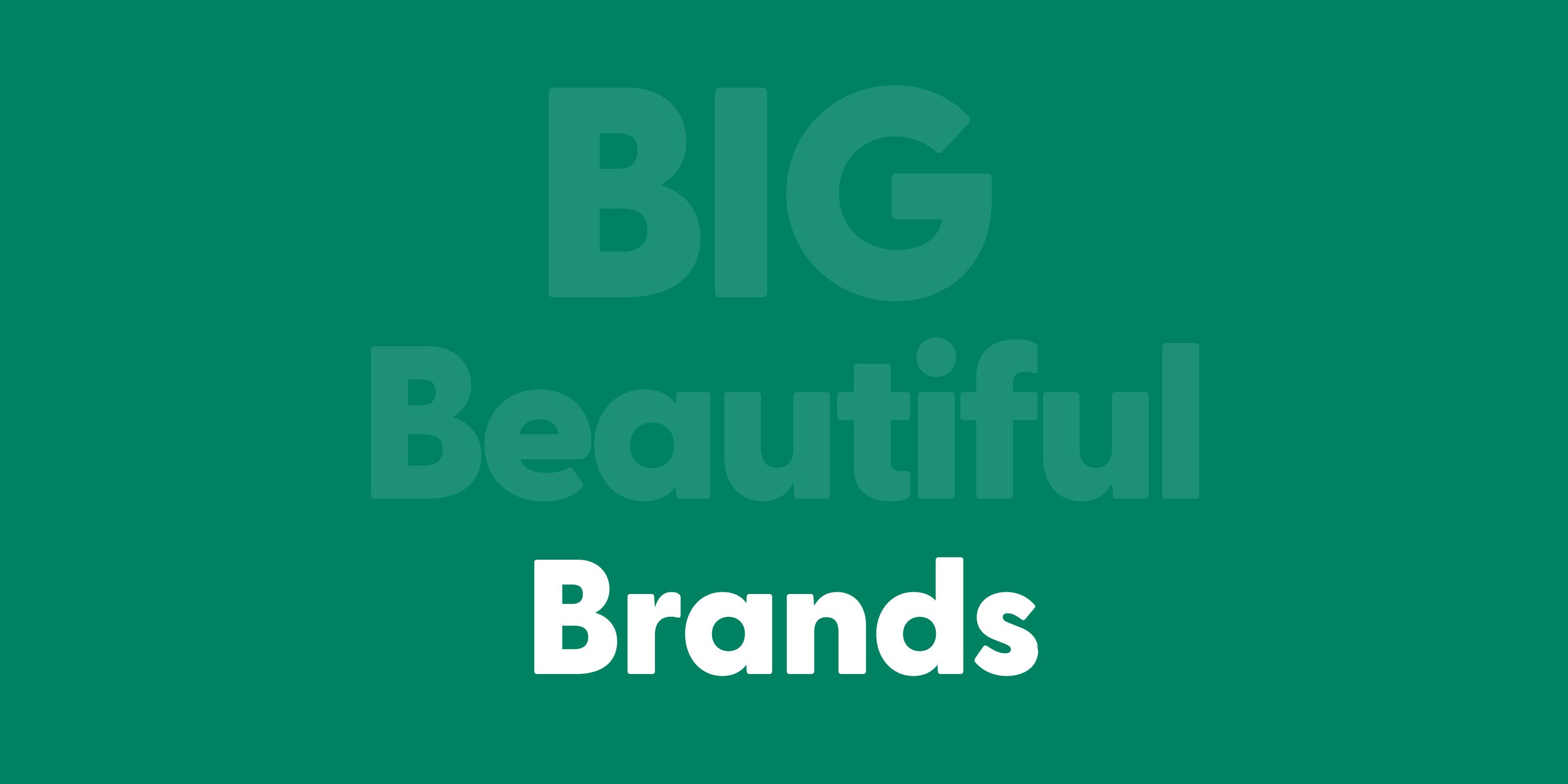
Big Beautiful Brand Guides
Your brand is the foundation of any Go-To-Market strategy and the biggest part of creating a brand identity is the brand guide. This is an essential document that outlines how an organization presents itself to the world. In this blog we cover why a brand guide is important and the key pieces of information we include in every big, beautiful brand project!
Hot tip: scroll to the bottom to see some of our favourite brand guide examples.
The purpose of a brand guide is to maintain consistency, which is vital for brand recognition. With consistent branding, customers easily recognize your brand across different platforms, leading to trust and loyalty. A strong brand guide also saves time and resources, as everyone from your team knows how to communicate your brand accurately.
Now, let’s break down the key elements that go into a brand identity and guide:
- Brand Story: This sets the stage for everything else. It includes the purpose, promise, and attributes defining what your brand stands for, and its overall vibe.
- Logo Usage: Your logo is a visual shorthand for your brand. This section should include guidelines on how the logo should be used, including appropriate sizes, colors, and spacing.
- Color Palette: Colors have a significant impact on how your brand is perceived. Specify primary and secondary colors along with their specific color codes (RGB, CMYK, HEX, etc.)
- Typography: This defines what typefaces to use, where and how. It should include primary and secondary fonts, their sizes, line heights, spacing, and hierarchy.
- Imagery: Whether it's photos, illustrations, or icons, it's important to define the style and tone of images used. This helps ensure that imagery aligns with the brand's identity and tone.
- Voice and Tone: This is about the language and style of writing used in all brand communications, from website copy to social media posts. It helps maintain consistency in how your brand 'sounds'.
- Visual Hierarchy and Layout: This provides guidelines for organizing content and elements on a page, contributing to easier navigation and better user experience.
- Digital and Print Guidelines: These may include guidelines for website design, social media graphics, printed materials, product packaging, etc.
There are various types of brand guides, from simple media kit styles, through to comprehensive microsites. Here are a few of our favourite examples below;
Slack
Simple Online Media Kit
Website Page Version
Audi
Digital Comprehensive Design System
Microsite Version
Hulu
Highly Detailed PDF Style Document
PDF Version
